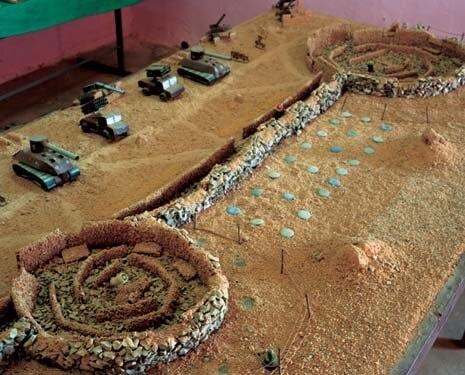The Sahara is like a sea. It is the epitome of a fluid body that knows no kind of natural barrier. Its inhabitants, up until European colonization, were used to considering it a single whole that could be crossed as they saw fit, with oases and sporadic urban settlements (centres of commercial traffic) as its only reference points. Now, the construction of an artificial element in the middle of nowhere is bringing to completion a long operation that began with the introduction of the concept of borders, which the colonial powers drew across the map in the 19th century in order to define their respective areas of interest. For now, the wall ratifies the definite transformation of the desert’s fluidity into a static and immobile state.
Primarily built for military purposes, the wall immediately performed the duty for which it had been constructed. From a war of mobility fought throughout the dunes of the former Spanish colony, the conflict between Morocco and Polisario (Popular Front for the Liberation of the Saguia el Hamra and Rio de Oro) turned into one of positioning - slow and unfruitful – with the two adversaries on opposite sides of the barrier. The war was so unfruitful (referring to the impossibility of celebrating a winner) that it developed into an armed ceasefire, declared in 1991 and still in force, with the two sides spying and keeping watch over each other, and deploying vast quantities of men along the front.
But although the short-term consequences remained strictly in the military sphere, the wall’s presence has turned out to have much greater consequences on the geopolitical situation, on the concept of space and the modus vivendi of the people. Without any official ratification by the relevant international organizations, the wall transcends being an instrument of defence to become an actual border partitioning two distinct areas and forcibly immobilising them: the wall cannot be crossed.
To the West, in the 265,000 square kilometres under Moroccan control (corresponding to two-thirds of the former Spanish Sahara), life goes on around the coastal cities. These cities have grown disproportionately in the past thirty years due to the intensified exploitation of natural resources in the area (phosphate mining, fishing and, more recently, offshore oil). The influx of permanent Moroccan labour continues, reinforcing the urbanisation process that started during the Spanish period. But in the East, the signs of change are even more obvious.
They are to be seen in the small and almost uninhabited strip under the control of the Polisario, and especially in the refugee camps of Tindouf, Algeria. In one of the most hostile climates on earth (with a summertime average of 50 degrees Celsius), which used to be exclusively crossed for commerce purposes and never an area of settlement, 200,000 people have now been living there for thirty years in very difficult conditions, to say the least. Divided into four zones symbolically bearing the names of four Sahrawian cities, the clusters of tents and houses made of bricks of sand have not become real urban habitats because the prerequisites do not physically exist: the territory is deprived of resources.
The only possible work is smuggling with neighbouring Mauritania. Animal husbandry is practiced only in repetition of an inborn custom and certainly not as a means of livelihood. In a way, this provisional character is vindicated by the Sahrawis, suspended as they are in eternal waiting to return to their homeland on the other side of the wall. “Return to the homeland” is, however, a concept with a contradiction, as the Sahrawis in this report make very clear. On one side, the wall unequivocally closed off the ancient routes of nomadic life and forced thousands of people to abide in one place, making them yearn for the days when they went “where the grass was”.
On the other side, the element keeping the refugees cemented together is precisely the sharing of an identity, the belonging to the Sahrawian nation, a nation that needs well-defined borders, those drafted by the Spanish colonialists. It makes for a kind of double bind with the coexistence of a western love of one’s country and nostalgia for nomadism (passed down from generation to generation).
This provisional situation is, in any case, not destined to last forever. Either a solution of a political nature will bring down the wall, suddenly annulling the thirty-year-old camp situation, or it is probable that the war will start bloodying the desert once again.
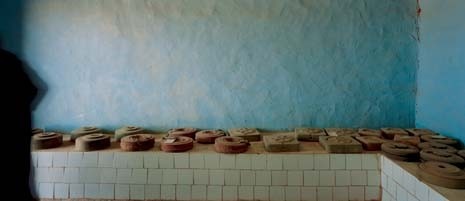
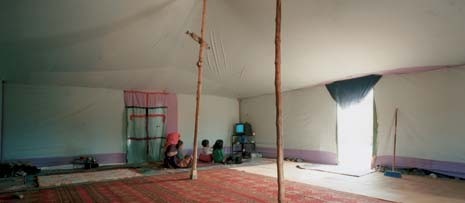
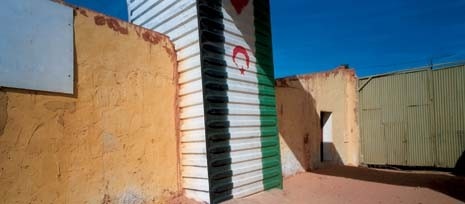
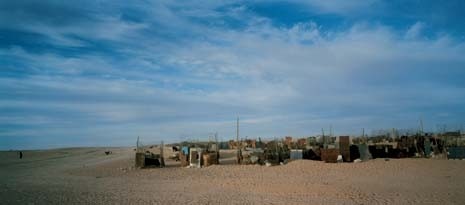
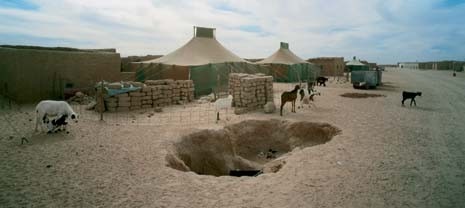
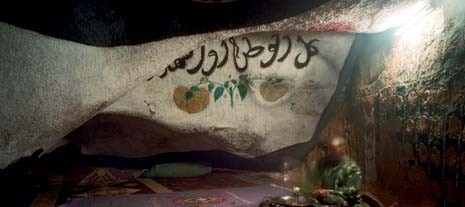
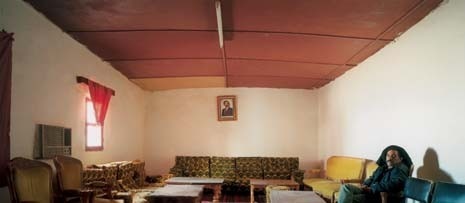
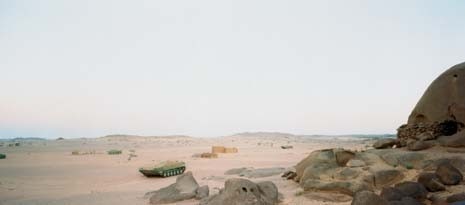
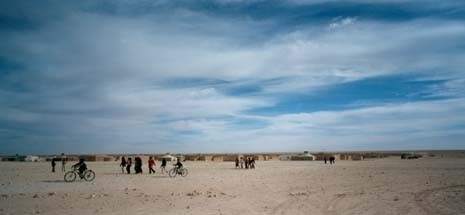
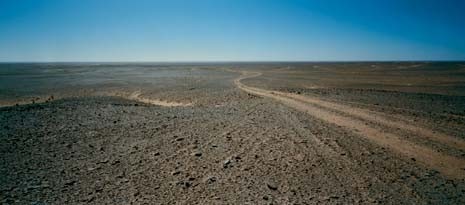
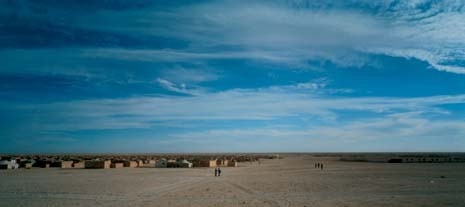
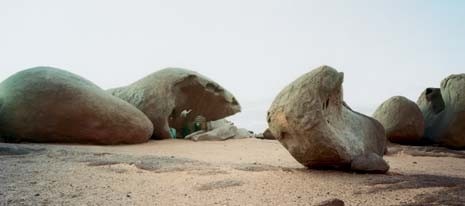

Cantori's timeless elegance becomes outdoor
With elegant lines and solid know-how, Cantori, a leader in furniture design, presents its first line dedicated to outdoor spaces.

